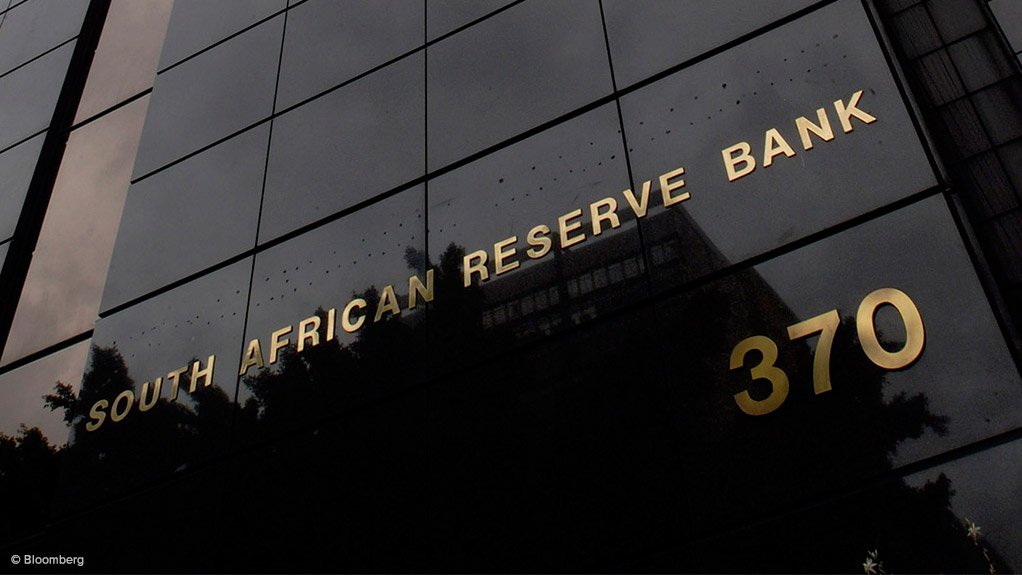Delivering an uncommonly optimistic appraisal of South Africa’s economic prospects, South African Reserve Bank economic reviews and statistics deputy head Dr Johan van den Heever said on Tuesday that once lags in the implementation of strong government policy, such as the overarching National Development Plan (NDP) were overcome, the country could well return to precrisis growth levels.
“We can’t say that South Africa doesn’t have a chance. We will get the growth [and results] we want from the NDP, which has promise and has been checked in terms of consistency [as well as] widely accepted. It [also continues to be shaped though] the National Budget each time the budget is released, so it’s the point of departure. But it’s a long-term plan, so the vision for 2030 is still a work in progress.
“If there’s one horrible thing that I’ve learnt in economics, it is that it takes a lot time to get anything done…there is [always] a long lag…[but] there will eventually be a turnaround, and we can get back to growth rates of 5% last seen in 2007,” he asserted during a seminar at the University of the Witwatersrand School of Economics and Business Science, in Johannesburg.
Among the country’s strengths, he argued, were its effective legal environment, high quality of corporate governance, sound banking and financial services sector, dynamic and resilient economy, and cost competiveness.
But while these were inherently “foundational” strengths, they were not growth factors in business.
STRUCTURAL MOVES
Van den Heever noted that the economy required structural improvement rather than “pump priming”, or intensified State spending in the commercial sector, cautioning government against its apparent fixation on compliance and governance and inconsistency in implementation.
The country’s current below 3% growth rate was further evidence of a failed economic strategy.
“For South Africa, the problem is not a lack of plans, but rather their implementation, which is slow and, as compliance gets more entrenched, [is drawn out further].
“Governance and compliance are important, but [must remain] within limits, as there is an opportunity cost. If taken too far, these become sand in the wheels of growth and development,” he commented, adding that an overemphasis on compliance could result in a detrimental swing of power to the legal fraternity and compliance specialists as well as an “orderly economic stagnation”.
Further uncertainty languished around the State’s perceived policy ambivalence and its level of competency, which were listed by Van den Heever – along with low-quality education, volatile labour relations, a fragile research and development culture and an unskilled workforce – as inhibitors of economic growth.
“If government can give certainty on where its stance is, even if its not a nice message, people and business can plan. But, if there is too much fluidity in policy, there wont be much growth,” he warned.
POWER LAG
Delays in the impact of government policy were nowhere more in evidence than in the country’s electricity sector, the economist submitted, which had seen capital investment of some R200-billion in recent years, but little productive capacity improvement.
He did, however suggest that the fraught Medupi coal-fired power station, under construction in Limpopo, would likely be providing a “mild injection” of around 800 MW into the national grid by the end of the year, while the Ingula pumped storage scheme, on the border between the Free State and KwaZulu-Natal, should start delivering to the grid by 2016.
“My conviction is that, by 2017, we will find that electricity balance will start to go in the opposite direction, [and we will see] the threat of blackouts disappear.
“But we haven’t yet seen the fruits of [investment in the sector], as production remains flat. We’ve invested a lot, but that magic moment, when you turn on the generator and the electricity flows, hasn’t happened yet. We look forward to a situation [in] a year or three, where the volume of electricity produced increases and we will be able to start smelting again in South Africa,” said Van den Heever.
GROWTH OPTIMISM
Boding well for future growth, capital inflows to the country remained positive and there remained a demand for South African assets. Positively, these investments were also highly flexible and were injected through various channels.
Government should, however, step up capital formation, which currently sat at around 20% of gross domestic product, Van den Heever advised.
“Parastatals have come into their own in this area and are investing quite a bit, [but] now we’d like to see the private sector come to the party. Confidence is an issue though,” he said.
Improved labour relations and deadlock-breaking mechanisms were also needed to temper labour instability, which had been a significant hurdle to economic growth and would likely remain a growth impediment in the foreseeable future.
A flexible exchange rate, meanwhile, provided a buffering mechanism against international shocks, while South Africa’s overall debt level also remained quite well contained.
“Our foreign debt levels have, however, gone up quite a bit… so we must manage our indebtedness so that it doesn’t get out of hand. But on international comparisons, its still okay,” he noted.
EMAIL THIS ARTICLE SAVE THIS ARTICLE
To subscribe email subscriptions@creamermedia.co.za or click here
To advertise email advertising@creamermedia.co.za or click here











